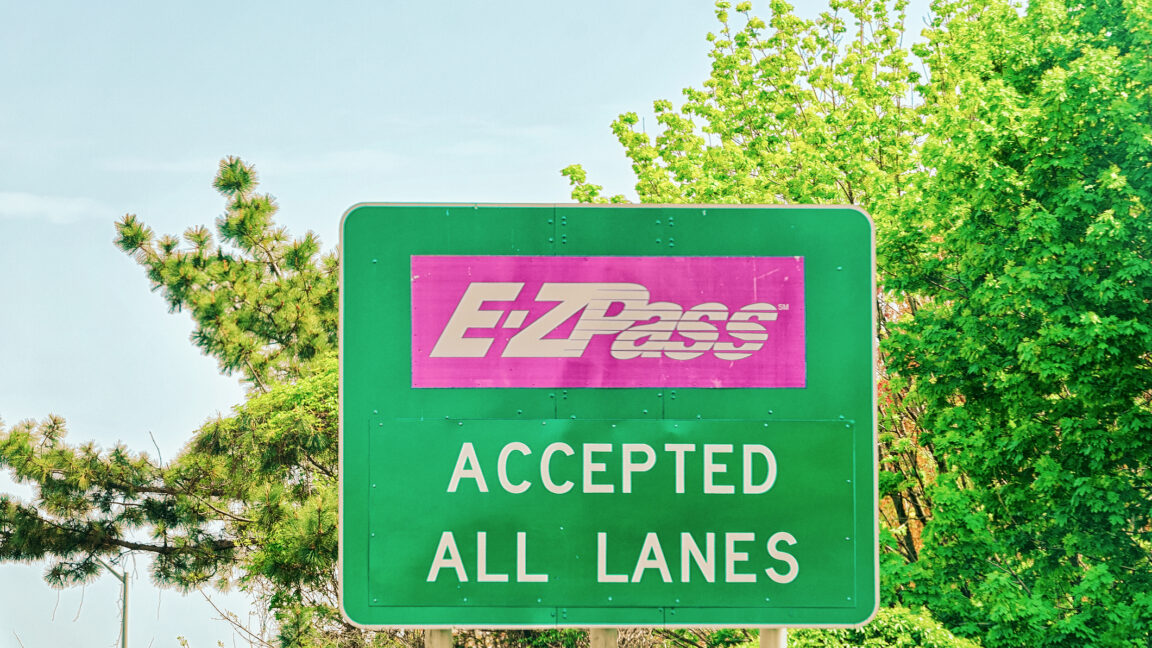Ahh yes decision tourism. The idea came up in conversation as we were discussing operating model redesign in particular decision rights and authority systems in organisations. I’m interested in architecturally significant decisions as a special case. As Grady Booch is often quoted “the architecture is the sum of all the decisions made”.
Decision-Making in Organisations
There are many different approaches and frameworks for decision-making in organisations. Regardless of which process you choose there is a tendency in hierarchical organisations to involve and escalate.
The “Involve” Tendency
Involve means that all decisions are treated as things of interest to a broad church. This is usually in my experience a trust related risk mitigation that if you peel back the layers stems from an over-correction to a previous mishap.
Consequences of Broad Involvement
The broader the group the less likely there will be unanimous agreement this has a variety of sources, there are asymmetries within the group like this relating to time, experience, interest, consequence and cognitive capacity that often result in an impasse.
Escalation and Its Pitfalls
Once this happens the only option is to escalate and we now hit another manifestation of the sames sets of problems — context, trust and capacity. Most escalated decisions end up engaging a more senior collective, usually bosses of the people who got stuck in the first place. We now end up compounding the problem as ‘the bosses’ have a choice to trust and back their own people or not. The politics of this infects organisations and impacts culture massively. Decision evasion should never be rewarded!
The Decision Tourist Metaphor
So back to decision tourists, they are visitors to the decision space, they have information to share and an opinion but are not directly impacted by the consequence of the decision.
Tourists vs. Locals
Think of a tourist visiting a new destination; they land in an unfamiliar system in a country with a different language. Some of this has been sorted by technology, Uber, Google maps, Google Translate, AirBnB, Trip Advisor but remember the old days where the best you had was a dog-eared copy of a lonely planet guide.
Decision Disorientation
The decision tourist isn’t orientated, they are often a conservative traveller therefore they proceed with care. They search for information asking the locals and referring to the guide, they take wrong turns, get lost, encounter hostile locals :) the whole process makes for great stories from my holiday but is not optimal from an organisation striving to make progress.
In this metaphor the locals no more about the terrain, the weather, the prevailing trends. Locals are also accountable they live there, they suffer the consequences, they feel the pain. Tourists get to go home tell stories but once they’ve left they have no skin in the game.
Cognitive Limits in Decision-Making
There are cognitive costs to tourism that make the tourists visits less pleasant. The human brain struggles with large problem spaces particularly when things are complex or chaotic; when cause and effect aren’t clear, we (humans) stop thinking we accelerate towards a place we want to be which is a place of certainty. Most if not all decision-making processes are probabilistic in nature.
“The capacity of the human mind for formulating and solving complex problems is very small compared with the size of the problems whose solution is required for objectively rational behaviour in the real world — or even for a reasonable approximation to such objective rationality.” — Herbert Simon
The Impact of Decision Tourists
Decision Tourists have no real skin in the game and therefore shouldn’t be allowed to block, obstruct or delay (provided the decision they are visiting is observing a good decision process). We need to trust (& monitor) the process.
Decision tourists are often visiting lots of decisions simultaneously and therefore have a cognitive burden and lots of context switching; they can also often lack context. This ultimately is the result of often poorly designed and implemented decision processes.
What to do?
Decisions are the unit of progress in any organisation. If you feel like a tourist recognise your role and do not obstruct the locals in their lives. If you see a tourist, be kind, be friendly but remember that they don’t live where you live or have skin in your game.
Tourist “Visa” Rules
The following is a list of rules for entry.
Limit involvement to those with:
- Skin in the game (impacted by outcome)
- Context expertise
- Bandwidth to engage meaningfully
What we need?
In the same way that we the modern tourist has moved past the dog-eared copy of the Lonely Planet. We need better tools — maps & navigation, translation, situational awareness, simulation. They’re coming but they’re not their yet.
TrustPilot for Decision-making
Some final thoughts — I was discussing this with Orlaith (chief co-conspirator in everything) Orlaith suggested TrustPilot for decision-making. What would a system like this look like? Something like the following.
- Aggregated transparent input & feedback between stakeholders
- Review insights — how do we make more sense out of the decisions we make and their impact
- Accountability holding people accountable — to the process and the outcome. This has to acknowledge that not every decision has a good outcome. We’re trying to improve the probability based on consistent application of appropriate practices.
- Reputation management — how can I build reputation as a 5-star decision-maker
- Engagement & responsiveness — building feedback loops is critical
- Process visibility — make the process transparent
- Outcome measurement — measure the outcome of the decision
- Track reversals — certain kinds of decisions can be reversed, tracking reversals is another decision quality metric. It’s a measure of learning not failure.
- Trust measurement — underpinning most poor decision processes is a low trust environment.
.png)




